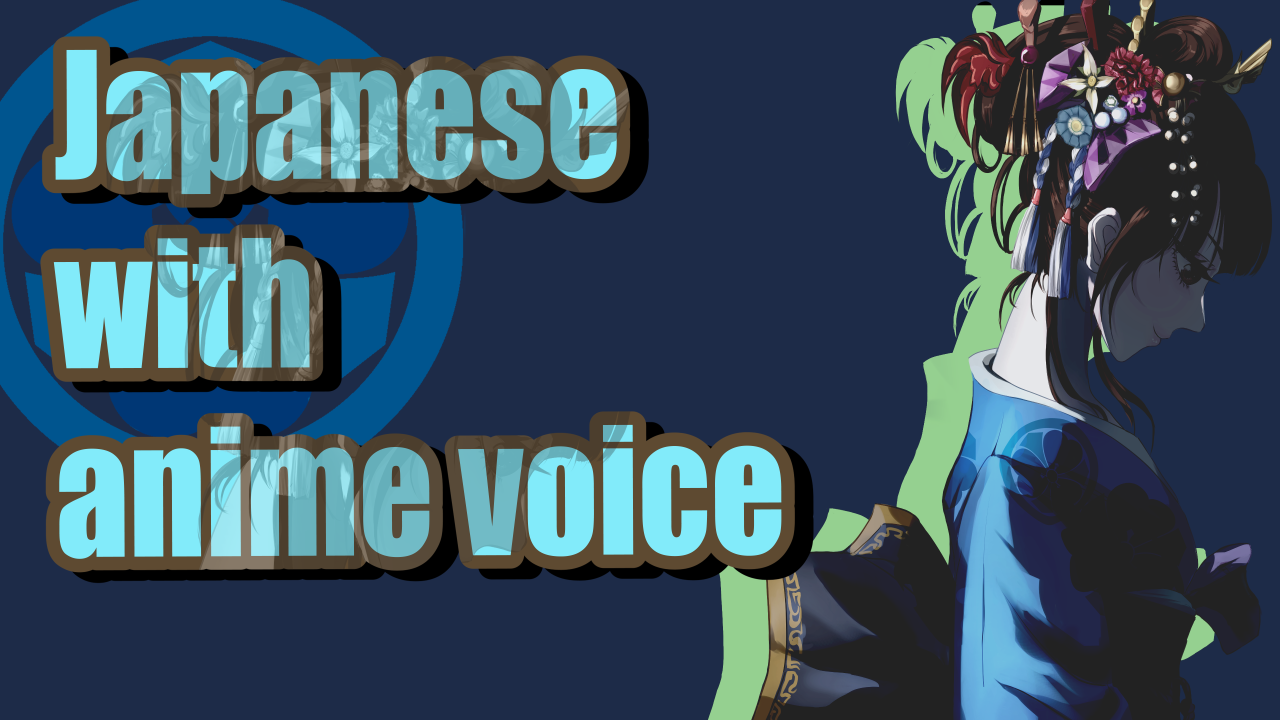Japanese with anime voice: episode38
Hello, I’m Sachi.
April 24, today is Botany Day. It is established in honor of the birthday of a man named Tomitaro Makino, who spent his entire life studying plants. Mr. Makino passed away at the age of 94, but he was self-taught in botanical research until the day he passed away. He discovered and named more than 2,500 new species and varieties of plants, and he continues to have a great influence on many botanists.
It’s amazing, isn’t it? He was self-taught. Lately, I have been thinking a lot about self-study. When you want to learn something, the first thing that comes to mind is going to school, right? You would learn something from a teacher. But the source of that learning is based on someone’s self-study, like this botanist, Mr. Makino. To increase our knowledge, we need research books and other materials left by our predecessors, but why should we bother to learn them in school? In this day and age, there are books like Mr. Makino’s, in which our predecessors have written down the results of their wonderful research. It is possible to learn some of that on one’s own by reading books, without going to school.
In terms of the field of art, is there a need for a teacher? Especially when it comes to painting, it is evaluated based on the viewer’s sensibility, right?
I have been interested in watercolor painting for a while now, and have done some research on the subject. “At that time, I read something about how to improve watercolor painting. It was written as follows. Amateurs think that they only need to do a few paintings to improve. And they try to paint a red apple with the colors as they see them. That is not the case. If you keep painting as you see it, you will never improve your watercolor painting.” At first, I was convinced. But when I thought about it, a painting is only a person’s sensibility, both for the person who paints it and for the person who evaluates it, right? What is wrong with painting as you see it? An apple is red, so you paint it red. I don’t see what drawing as you see it has to do with improvement.
On the other hand, if an apple were painted in purple or blue, I would have a hard time reading the artist’s sensibility. I would wonder why the apple is purple or blue. If I think so, I would not be able to read what the artist intended, and the painting would be incomprehensible to me. Therefore, in the world of painting, I don’t think it is better to paint abstractly or to realistically depict things as you see them. So, I don’t think a teacher is necessary. You can learn how to paint three-dimensional colors and perspective by yourself as much as you want.
In dressmaking, you can learn the basics from books and YouTube. Then, all you need to do is to actually make the garment and experience it. If you create a pattern that he/she has never experienced, the level of knowledge will be the same, even if he/she is a teacher. If the teacher can be flexible, that’s good. If the teacher has only a fixed concept of what you want to do, and he or she will not be able to respond to your pattern, then I think your potential will be destroyed.
The same can be said of painting apples red, as I mentioned earlier. If you kept painting apples red, you might have acquired the skill to paint a picture as good as the real thing. However, your teacher told you that you could not improve your painting skills by painting apples in red, so you started painting them in purple or blue. If, because of this, you did not gain the technique you could have mastered, and yet your painting was not appreciated as an abstract painting, it would be meaningless.
And I think learning a language is almost entirely self-taught. Your teacher isn’t going to help you learn the language in your head, is they? They just provide a place to have a conversation. Whether it’s learning vocabulary, practicing pronunciation, or learning grammar, in the end, it’s all about self-study time. No matter how much your teacher explains it to you, only you can memorize it perfectly.
A long time ago, one of my teachers gave me a lesson in which she would translate what I had said in Japanese into English on the spot, and I would repeat it. However, there was no way I could memorize such a thing on the spot. You have to practice it over and over again by yourself, and then you can finally learn it. In other words, in the end, self-study accounts for a large percentage.
As with anything, the disadvantage of self-study is that there is no one to ask. It is true that there are many things that are difficult to understand from texts alone. I understand that it is faster to learn from others. However, when you think about it in terms of efficiency and shortening time, schools and classrooms have a lot of advantages. It takes time, but you can do it if you repeat it over and over again by trial and error, and I think it is easier to learn that way. Of course, there are some things that are indeed difficult to learn on one’s own, such as medical care. That said, I don’t think it is a good idea to avoid self-study and choose to go to school for everything. I know that others may think that I am teaching Japanese to others… but I would rather help people speak Japanese than teach it to them.


